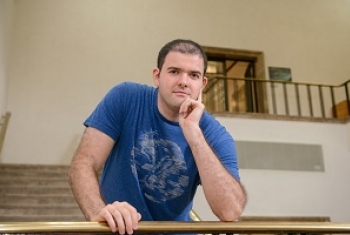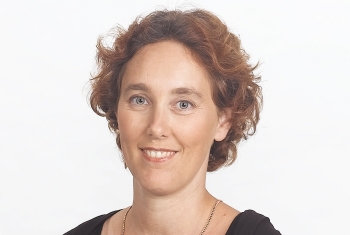Symmetry is defined in terms of structure-preserving transformations (automorphisms); regularity in terms of numerical invariants. Symmetry always implies regularity but there are many highly regular combinatorial objects (such as "strongly regular graphs") with no symmetry. The opposite of irregularity is regularity, not symmetry. Yet we show that in a well-defined sense, the opposite of hidden irregularity is hidden symmetry, and in fact hidden symmetry of a particularly robust kind.
The symmetry of a circle is easily destroyed: just "individualize" two non-opposite points -- color one of them red, the other blue -- and all the symmetry is gone. In fact, the resulting structure is completely irregular: every point is uniquely identified by a pair of numerical invariants, namely, its pair of distances to the two individualized points. We shall say that the circle has a high degree of hidden irregularity. In contrast, Johnson graphs are objects with robust symmetry: individualizing a small number of vertices of a Johnson graph hardly makes a dent in its symmetry.
Recent work on the algorithmic problem of Graph Isomorphism has revealed that Johnson graphs are unique in this regard: Every finite relational structure of small arity either has a measurable (say 10%) hidden irregularity (revealed by individualizing a polylogarithmic number of elements) or has a large degree of hidden symmetry, manifested in a canonically embedded Johnson graph on more than 90% of the underlying set.
This dichotomy is the key Divide-and-Conquer tool in recent progress on the worst-case complexity of the Graph Isomorphism problem.










